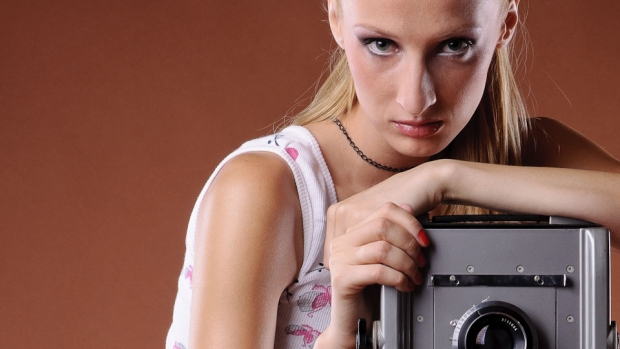
You're probably familiar with taking photos with a digital camera. If you're adventurous (or mature) enough, you've probably had a go at taking photos on film as well. As a true film aficionado it's interesting to dig deeper into the history of photography, and give wet-plate photography a shot, too. If you manage to avoid poisoning yourself or blowing up half your city, it can give awesome results!
Wet-plate photography is pretty much exactly what it says on the tin: You don't use film; instead, you expose a wet film plate (usually a plate of glass or metal) that is covered in a still-wet chemical solution. You have to 'pour' the plate (i.e. add the chemicals), 'activate' them, expose your photo, and then develop it in a very short span of time - usually less than 20 minutes. That means that you can forget about taking a quick series of photos: Once you've prepared your plate, you have to run and take your photo, run back, develop it, and see how it turned out. If you messed up, you've wasted 20 minutes, and you have to start over again from scratch.
Because your final result isn't an enlargement of a photographic print, the detail in wet-plate photos can be absolutely astonishing - it is as if you are looking at an enormous negative, chock-full of glorious, glorious detail, often without a trace of 'film grain' - because there was no film involved in the first place.
Wet plate photography as it is done today is often known as the Collodion process, invented more than 150 years ago.
It's worth noting that wet-plate photography can be quite dangerous; you are working with volatile chemicals that have been known to catch fire, oxydise or explode (nitric acid, nitrocellulose and ethyl ether). Some of the chemicals used in these processes are poisonous (pyrogallic acid, silver nitrate, zinc bromide, cyanide and denatured alcohol), corrosive (silver nitrate), or bad for you in other ways - it's definitely a good idea to get someone who knows what they are doing to give you a tutorial - in person - before you try it yourself.
What do you need to have a go?
For starters, you would need a View camera (or 'field camera', which is the smaller, more collapsible version of the same). This will usually be a large- or medium-format camera that will accept your plates. It doesn't have to be big - the world's smallest wet-plate camera has a wet-plate size that takes half-inch square plate images, but part of the attraction is the huge sizes you can work with.
Glass plates will become your negatives or positives. For positives, you'd typically use black glass, or you can experiment with aluminium or polished steel if you want a different 'look' to your photos.
In addition, you're going to need a lot of chemicals; there's the Collodion mixture (consisting of pure alcohol and various chemicals), A Siver Nitrate bath used to make the plates light sensitive, a developer to develop the plate, a stop bath (usually just water), and a fixer.
To get a proper idea of what is involved, "The Wet Plate Collodion Process" by Quinn Jacobson on YouTube is a pretty decent introduction showing the photography process.
So; it takes a lot of practice to get right, it's dangerous to your health, and taking 10 wet-plate photographs will take approximately twelve thousand times longer than taking the same number of photos with your SLR camera. Sounds like a challenge!
Most local colleges and some photography clubs that have a photography department occasionally run wet-plate induction nights - or search online. There's a few very active forums where you can learn more, and perhaps you'll be able to find someone local to you who can show you the ropes before you blow up your face, set your poodle on fire, and poison most of your city.
Good luck!
Photo Credit: Andi Todea on Shutterstock.com
